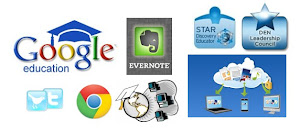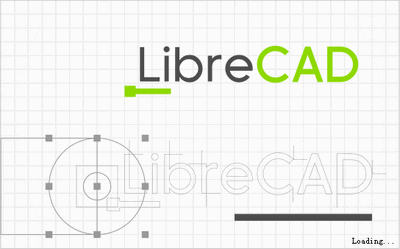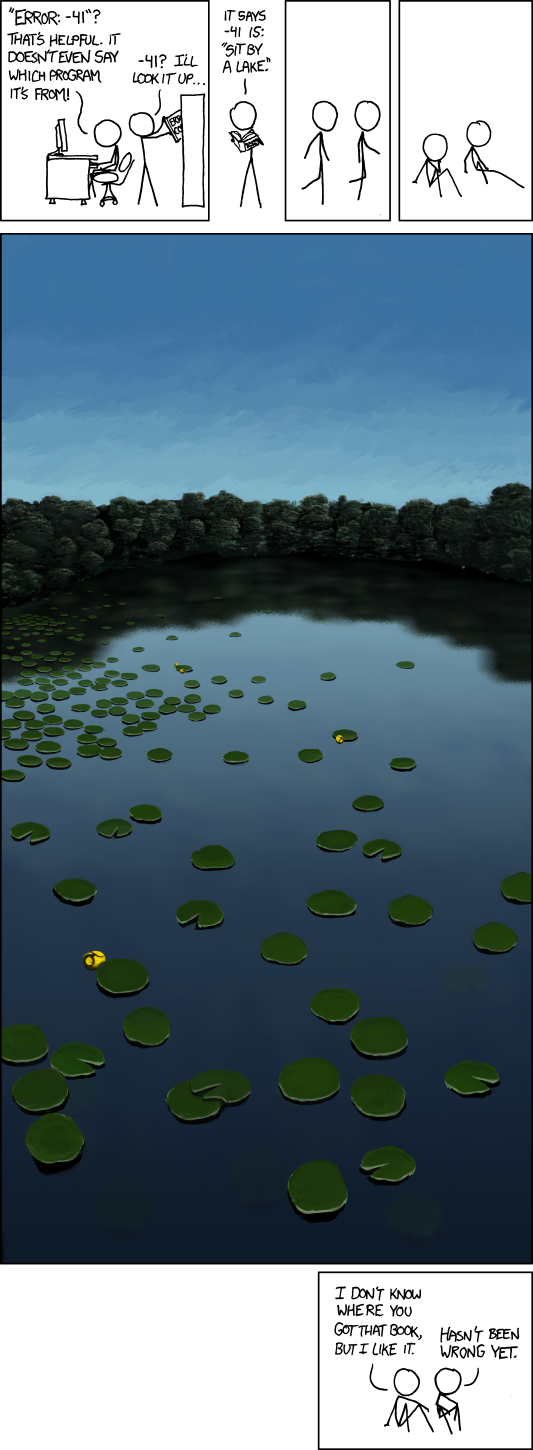A Look at Green Technology Predictions for 2012
Posted in Labels: Clean technology, Solar power, Tax creditWhere will green technology take us in 2012? Ecotech Institute is keeping a close eye on that very big question. We are constantly monitoring cleantech industry growth and innovation, and looking for ways to align our environmental sustainability curriculum with employer and marketplace demands. Every day we read up on the latest research regarding solar power, wind energy, smart grid and other relevant industries. We want to make sure our students are up to speed when they graduate so their employers truly get the best, most knowledgeable employees.
In 2011, cleantech venture investment had an incredible year. As a result of financial backing, we saw an infusion of green start-up companies, new jobs and a growing belief in the future of cleantech industries. However, the challenges of this relatively new space also came to light as some companies met very public criticism.
As the president of Ecotech Institute, it's my job to take a hard look at opportunities in cleantech now and into the future. Our career services team needs to accurately predict where Ecotech graduates will be able to make a living and make a difference in the world. Frankly, there is a lot of enthusiasm as we enter 2012 with a promising outlook about environmental sustainability's growing role in the world.
This is a very exciting year for Ecotech because we will graduate our first group of students in June. As we continue to prepare them for the workforce this year, we are collectively interested in what industry leaders are predicting.
Here are some predictions of note:
1. According to a December 28, 2011 article by Michael Kanellos on www.greenbiz.com, "Renewables will start to win over the jobs argument."
He states, "The 2012 Presidential election will be only about one thing: jobs. In the energy and sustainability context, the debate boils down to whether you think more jobs can be created through pipelines and offshore drilling or through erecting solar farms and retrofitting buildings."
"But here is where renewables win: they don't take years….Many fossil projects, meanwhile, are bogged down in land use hearings….If renewables get results quicker, they become the better solution."
My takeaway: Green jobs will continue to grow and companies need educated people to fill them.
2. The American Wind Energy Association (AWEA) says this year is going to be a big year for wind power, both in the field and in policy. The association notes that unlike the volatile prices of fossil fuels, wind power has a fixed fuel cost of zero, making it a very appealing form of energy. However, Congress needs to act quickly to protect the future of wind energy in the U.S. If lawmakers do not extend the Production Tax Credit that is due to expire at the end of this year, taxes on wind will go up and jobs could go overseas.
My takeaway: Wind energy will continue to grow this year, however Congress needs to take action to make sure that growth continues in 2013 and beyond. Please contact your lawmakers to let them know the importance of extending the Production Tax Credit.
3. According to predictions from www.EnvironmentalLeader.com, solar innovation will serve as a perennial driver.
"Investment into good old solar innovation and projects is still strong, and has remained so for years, while other clean technologies have risen and fallen in and out of investment fashion."
My takeaway: As money continues to be filtered into solar power innovation, we must keep a close eye on how these technologies will be built and maintained.
4. Jesse Berst with gigaom.com listed top predictions based on his takeaways from a webinar offered by renowned research firm IDC. He stated the following, "Smart buildings will become important to utilities. 25 states have energy efficiency standards or targets. Smart buildings can help meet such goals. The building energy analytics market will double between 2012 and 2015, jumping from $193 billion to $402 billion."
5. In "10 solar trends to watch for in 2012," Ucilia Wang, another contributor to gigaom.com, discusses solar energy's impact on the grid. The article states that, "The increase in solar energy generation has nudged utilities and electric grid regulators to give more thought and investment to the impact of solar in their mission to deliver electricity reliably."
"Since solar production can ebb and surge depending on the time of the day and the weather, new technologies and policies are cropping up to monitor solar energy production and minimize interruptions of power delivery."






























